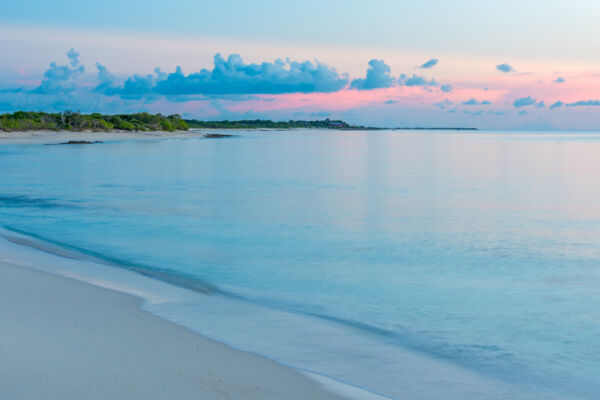Turks and Caicos Sunsets, Sunrises, & the Green Flash
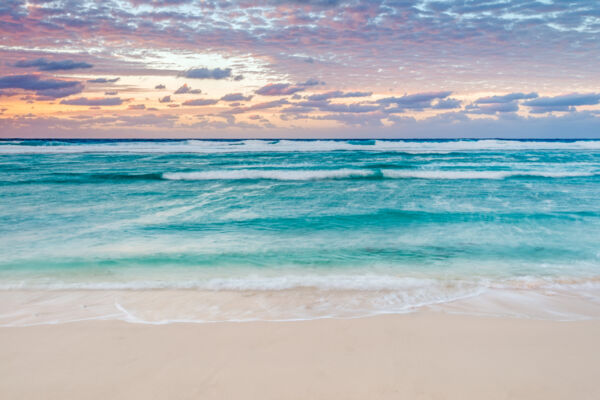
The Turks and Caicos is an amazing place to watch the sunset and sunrise, and we have many exquisite beaches and coasts that are perfect for the experience.
If you’d prefer to see the show from the water, there are quite a few scheduled sunset boat cruises to choose from.
Consult our sun page for more information on sunrise and sunset times.
Best Places to Watch the Sunset
Here are the best beaches and coastlines to watch the sunset by island. Be aware that many of these sites are unfortunately remote and difficult to access.
In most cases, these locations are located (quite obviously!) on the west coasts of each island.
Providenciales
Leeward Beach is the best easily-accessible coast, however, Northwest Point, Malcolm’s Road Beach, West Harbour Bluff, and Bonefish Point are superior locations.
North Caicos
Three Marys Cays and Pumpkin Bluff Beach.
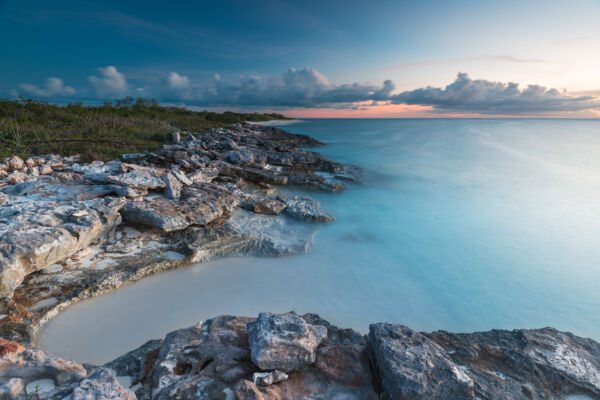
Middle Caicos
Mudjin Harbour, and Juniper Hole on the Crossing Place Trail.
South Caicos
The hills near Highlands Bay, and Plandon Cay Cut.
Grand Turk
Boaby Rock Point, Pillory Beach, or at the Grand Turk Lighthouse. Most of the island’s west coast, which is home to the popular Governor’s Beach, Pillory Beach, and Cockburn Town Beach, offers direct views of the sunset as well.
Salt Cay
Little Bluff Lookout, South Point, and South District.
Green Flash
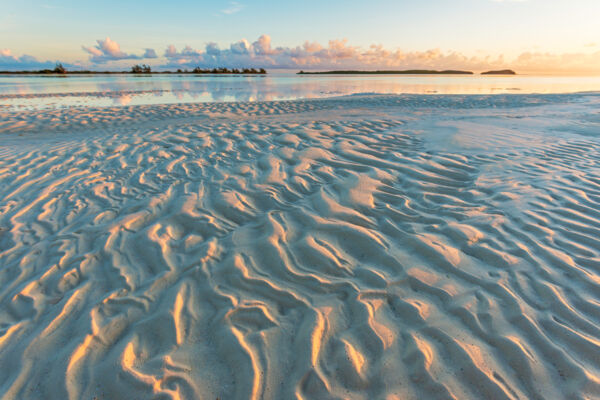
The green flash is a phenomenon that is occasionally observed for a slight moment just as the sun sets or rises.
Three effects come together to create the green flash: the refraction of light through the atmosphere, the scattering of the long wavelength blues and violets, and a mirage.
The earth’s atmosphere refracts (bends) light, and the various colors are refracted to slightly different degrees. The longer wavelengths, starting with red, are refracted less than the shorter wavelengths such as greens, blues, and violets. Because of this, the red, yellow, and orange visible images of the sun actually “set” an instant before the green. A minor green fringe can often be observed at most sunsets when the sun is optically enhanced, either through photos taken with a telephoto lens or with binoculars.
So why isn’t the flash blue or violet? The answer is that atmosphere will typically scatter most of the violets and blues. Rayleigh scattering is the technical term for this.
At sunset and sunrise times, the refraction and scattering effects are greater than during midday as the sun’s light is traveling the farthest distance through the earth’s atmosphere.
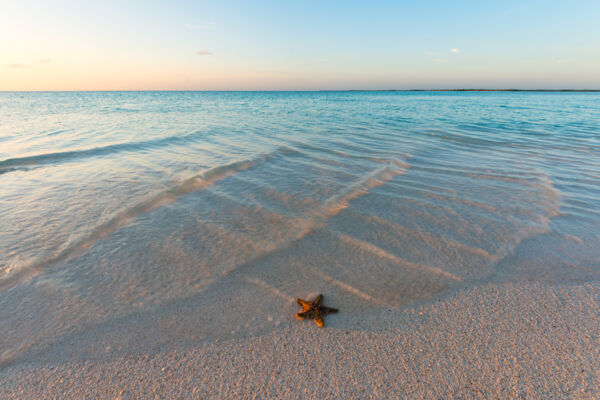
For the green flash to be visible, in most cases the above effects have to be further magnified by a mirage, which is usually created by air temperature changes.
A perfectly flat horizon is optimal for sighting the green flash, and because of this many popular beaches in the Turks and Caicos such as Grace Bay and Leeward Beach on Providenciales, are ill-suited for the task, as viewed from these coasts, the sun sets behind the high ground of Blue Hills and Malcolm’s Road Beach.
The green flash is also most likely to occur on a calm day with clear skies.
Contrary to popular myth, the green flash is a real event that can be recorded by photograph or video. It is not an optical illusion.
Photographing the Sunset
The major difficulty of sunset photography is the limited ability of cameras to capture the full range of light, or dynamic range, from the scene. There’s simply too great of a difference between the bright sun and dark shadows for the camera sensor to record everything.
Most phone and compact digital cameras exhibit this problem apparently, as they can only capture about half the dynamic range that it’s estimated the human eye can observe. This results in photos with an overexposed sun and sky, and a dark detail-less foreground.
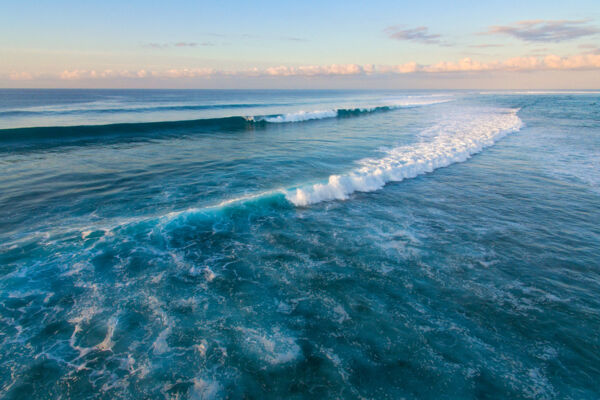
In many cases, you’ll simply have to expose for the sky and hope for the best.
The best digital cameras, such as some DSLRs and digital medium format cameras, can actually record a dynamic range similar to what the eye can see and are consequently better suited for sunset photography.
Photography Tips
- If you have a tripod, try a long exposure. This will blur the sharp and disrupting reflections commonly on the water surface.
- Use the lowest ISO setting on your camera. The lowest ISO sensitivity typically has the highest dynamic range and the least amount of noise (graininess).
- Expose for the highlights. Photos from modern digital cameras often have quite a bit of detail in underexposed dark areas which can be recovered. The sun will typically be too bright to capture, but try to ensure that the surrounding sky isn’t overexposed.
- Most cameras do a poor white balance job in sunset situations. If you manually set the white balance, you’ll often get more realistic tones.
- Try framing your image with or incorporating interesting silhouettes, such as palm trees or a sailboat.
- Autofocus may not work in low light. Consider using manual focus.
